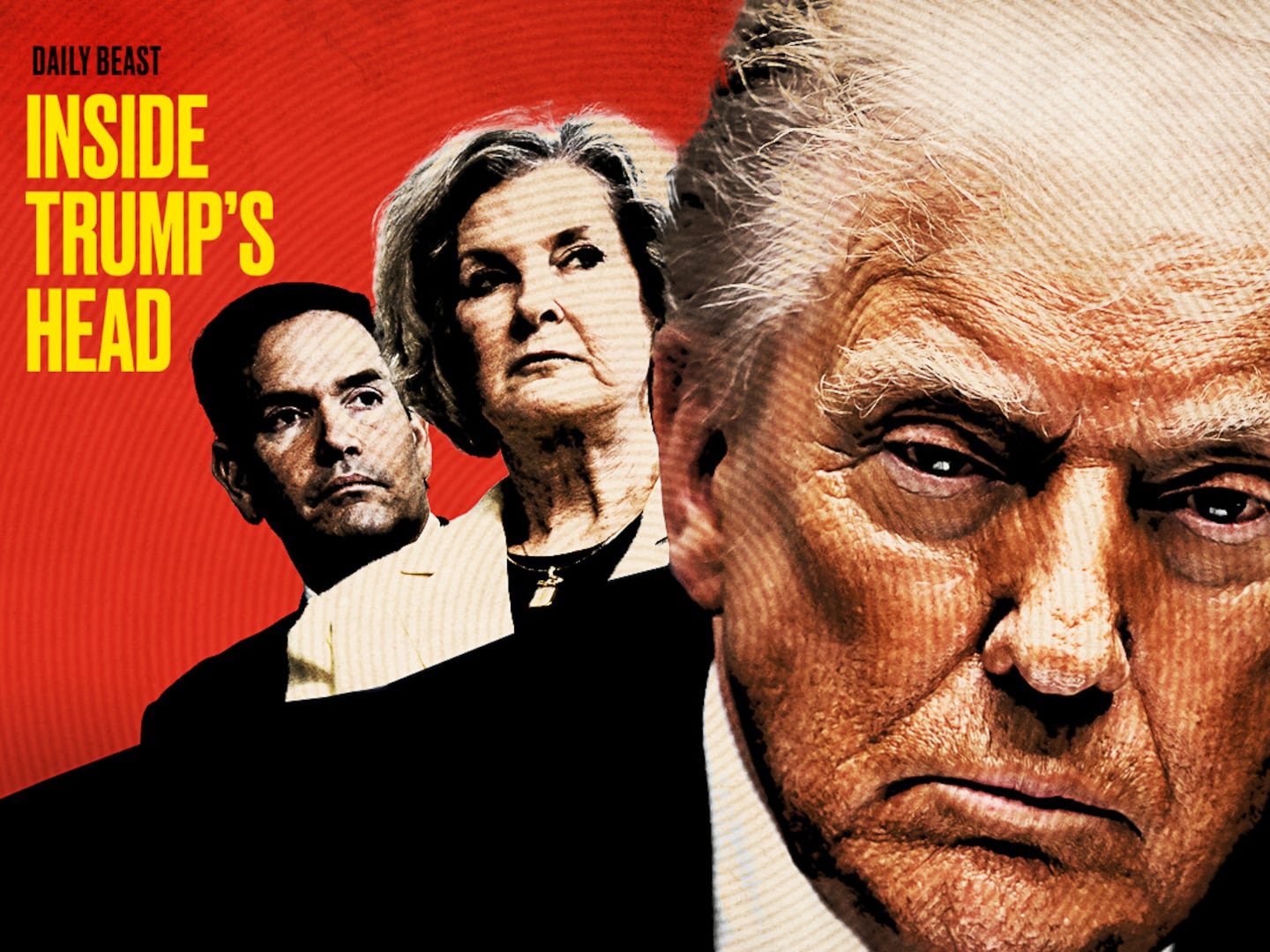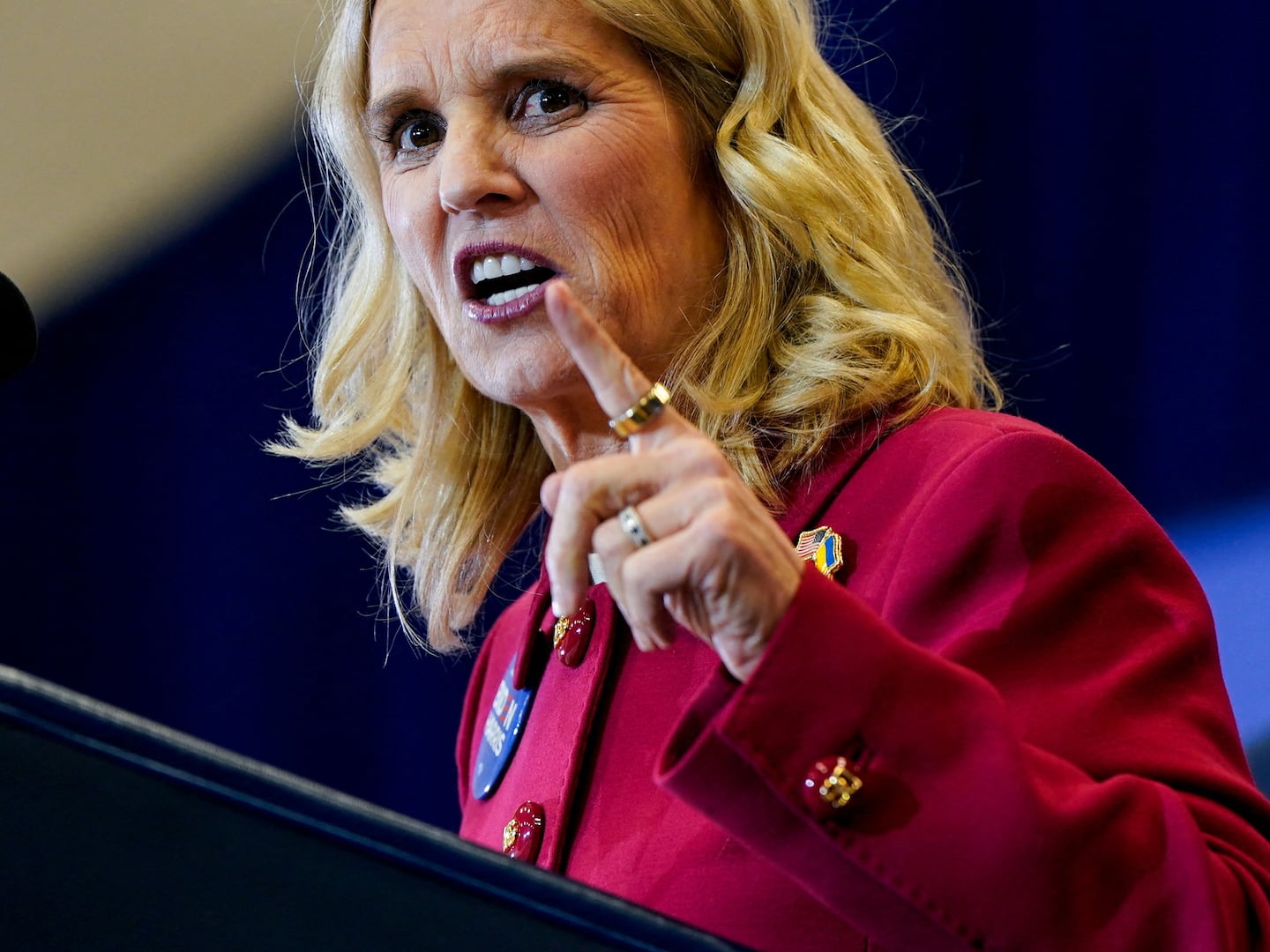The President hasn’t announced his strategy for dealing with ISIS yet, but there is a clear military approach taking shape in Iraq. On an operational level, the military intervention has shown some early success in using U.S. airpower to support local ground forces and halt ISIS’s advances. But the tension between tactics and strategy, methods and goals, is already starting to show. The battle we won yesterday could make it harder to win a war tomorrow.
And while the American strategy for ISIS is stalled, the air war in Iraq has been expanding steadily.
In early August, when airstrikes were first authorized, the administration articulated a limited set of goals and stressed that it wouldn’t be drawn further into Iraq’s civil war. In its first phase, the air mission focused on humanitarian relief and defending American personnel from an ISIS advance. That lasted about a week. The air strikes seemed to be working and as ISIS was pushed back so were the limits of the mission. A month ago there was a narrow reactive approach to ISIS, now there is an evolving, offensive mission.
Since mid-August, the U.S. has been acting as Iraq’s de facto air force. American aircraft are bombing ISIS targets and supporting offensives by Kurdish forces, the Iraqi military and militia groups that were yesterday’s anti-American jihadists and are today’s anti-ISIS allies.
As The Daily Beast’s Josh Rogin reported, the administration has given Congress four distinct reasons for waging war in Iraq: to protect American personnel in Erbil; to save the Yazidi minorities trapped on Mount Sinjar; to protect the Mosul Dam; and to break ISIS’s siege on the Shiite town of Amerli.
And for each objective, there’s a slightly different set of American allies being supported by U.S. air power.
“The ground coalitions we’re supporting with air power are uniquely different in each case,” said Doug Ollivant, a former advisor to Gen. David Petraeus who served in the National Security Council under Presidents George W. Bush and Barack Obama. “In Sinjar, it’s largely the PKK [a Kurdish militia] who rescued the Yazidis,” Ollivant said. “In Mosul, it was the Golden Brigades [An elite unit of the Iraqi army] with the Peshmerga in support, and in Amerli it looks like Shia militias with the Iraqi military in support.
Not all of these allies would ordinarily be considered friends of America. The PKK, which by some accounts has been leading the fight against ISIS in northern Iraq, is still listed as a foreign terrorist organization.
War makes strange bedfellows and the U.S. has certainly been promiscuous before choosing its allies in past wars. The question is whether short-term partnerships will undermine longer-term interests. Working with the PKK presents complications, especially in regard to our NATO ally Turkey, but no clear threat to the American people or our goals in Iraq.
With other emerging allies the calculus is trickier and leaves less margin for error. In Amerli, the U.S. backed operation was spearheaded by Asaib Ahl al-Haq, an Iranian backed group known for sectarian violence against Sunnis and attacks on American troops during the last war in Iraq. After American airstrikes helped Asaib Ahl al-Haq take control of Amerli, a spokesman for the group told a New York Times reporter, “we don’t trust Americans at all” and added “we don’t need them.”
The militia leader’s words could have been taken for loose talk but the photo that leaked online shortly after the battle had the hallmarks of a deliberate message.
The photo reportedly shows the Iranian general Qasem Soleimani, commander of the Qods force, Tehran’s chief military strategist, and the man many American officials consider to be America’s most dangerous foe on the planet. His visit to the site underscores the convergence of U.S. and Iranian interests in Iraq, and Iran’s desire to be seen as orchestrating the efforts.
Amerli was clearly a defeat for ISIS and a relief for the townspeople who had held off the group for six weeks. But it’s less clear what the alliance between U.S. airpower and Iranian-backed militias says about the vision guiding the mission in Iraq. Even leaving aside questions of a grand regional strategy for the Middle East—and how our track record suggests that U.S. led wars in Iraq can benefit Iran—its not clear how the precedent set in Amerli will serve the President’s more immediate goals for resolving the war in Iraq.
The president has been criticized for lacking a larger strategy to deal with ISIS but he’s been consistent on Iraq, stressing that military force can only be effective as the prelude to a political solution. To push ISIS out of Iraq, the thinking goes, Baghdad needs to reintegrate marginalized Sunnis who have supported but are not ideologically aligned with the group. But the difficult task of dislodging ISIS from its Sunni support base will only become harder as Shia sectarian groups increases their influence in Baghdad and appear to receive U.S. backing.
“If you’re goal is to cause some level of reconciliation, [Amerli] doesn’t assist it one bit,” said Phillip Smyth, a researcher at the University of Maryland on Shia militant groups. “The fact is this is being promoted by Tehran as an Iranian initiative. It’s them saying we run the show.”
Hassan Hassan, an analyst at the Delma Institute, believes “the appearance of U.S. support for Shia militias and tacit coordination with Iran are a mistake many thought the Obama administration would avoid.” It’s a mistake that “plays into the hands of ISIS and makes it difficult to draw a wedge between extremists and other Sunni forces that have legitimate concerns and demands,” according to Hassan.
One former senior leader in the U.S. intelligence community disputed the interpretation that the campaign in Amerli would undermine American interests in Iraq. Speaking on condition of anonymity, he said, “I’m not concerned by the Amerli operation for several reasons: first, the ground force consisted of a mix of Peshmerga, Iraqi forces, and Shia militia, so this wasn’t the US supporting just Shia militia against Sunni Arabs; second, the targets were predominantly ISIS, not just Sunni insurgents who might once again reconcile.”
One instance of U.S. airpower backing a Shia militia may not undermine the chances of political reconciliation in Iraq, but there’s no reason to think Amerli will be an isolated event. Baghdad relies on the militias for its defense, as does the Iraqi military. At this point, any anti-ISIS coalition that aims to take back central Iraq will be forced to rely on the militias. The question is whose air cover they will operate under and whose objectives they will be pursuing on the ground.
Events in Iraq, where an approach to confronting ISIS is being tested, will likely lay a foundation for the president’s coming strategy. It remains to be seen whether the compromises the current approach has required will lead to a political resolution in Iraq or a longer and more open-ended commitment from the military.






